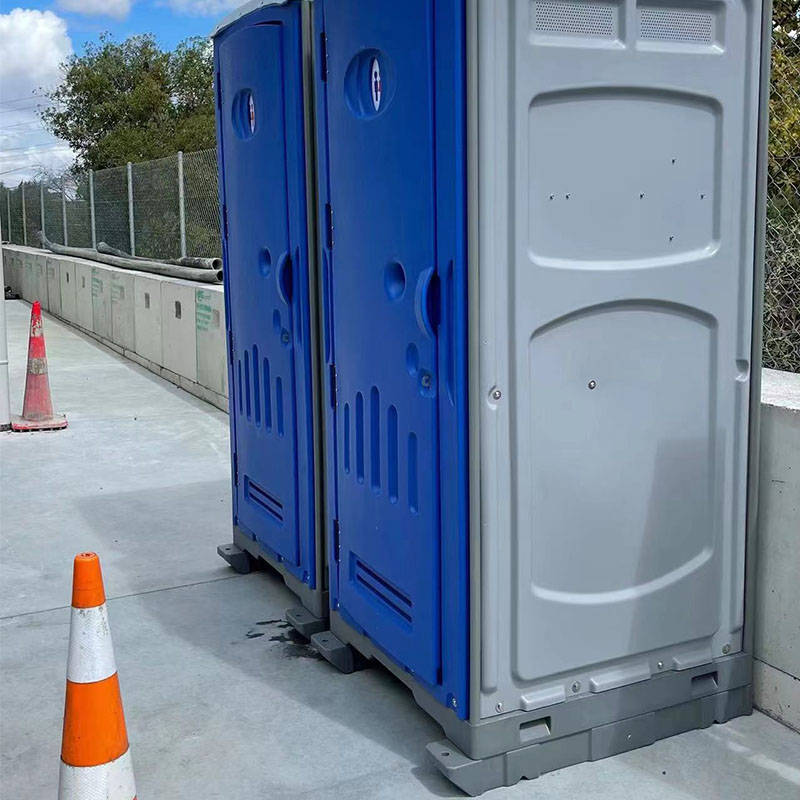How do portable toilets work?
Apr 24, 2023
Portable toilets work by flushing water from a hidden water tank, that’s fitted inside the toilet, or it uses toilet chemicals from the holding tank. As portable toilets don’t need to be connected to the mains, the toilet will hold all its waste and liquids.
The waste is then carried away to a tank that’s secured underneath the cabin and eventually broken down by chemicals within the tank.
Toilets. We can’t live without them, and when we need them most, we’re scrambling around looking for the closest one! Thankfully, whether you’re attending an event or working on a construction site, toilets are a must, and in most cases, a legal requirement.
So, next time you’re queuing up to use the loo, remember this handy guide on how portable toilets work to spark up an unlikely conversation.
What are the technical components of a portable toilet?
Interestingly, Portable toilets are made up of four main components, which are:
Toilet Seat
Holding Tank
Flushing Mechanism
Pressure System
Let’s dive a bit deeper into each component.
Toilet Seat
We don’t need to explain this one. However, we do recommend closing the lid after use!
Holding Tank
The holding tank of a portable toilet is exactly what it says on tin! It holds all the waste and is placed underneath the seat of the portable toilet, it also holds chemicals inside that help to break down any solid waste, eradicate germs and get rid of any bad smells that may be in the holding tank.
Flushing Mechanism
The flushing mechanism within the portable toilet is simply the process after you flush away your waste. Portable toilets either flush through toilet chemicals or water from a tank.
Pressure System
The pressure system works alongside the flushing mechanism to support the waste being moved into the tank, where pressure is created that circulates the water or chemicals through the pipe of the portable toilet and into the holding tank.
What happens to the waste?
A lot of people who use portable toilets are unaware of what happens to the waste inside. The waste will be emptied by the company that you’re renting your portable toilets from, and the process should be done on a weekly basis on your construction site, and in some cases on a daily basis for large events to prevent waste from overflowing.
Your hire company will extract the waste from an output hole by using a large vacuum to suck out all the waste. The waste will be transferred into a separate tank to be exported to an Environment Agency Waste site. Don’t stop here, find out more about our portable toilet servicing.
What type of portable toilets are there?
When looking at portable toilets, you may not understand the difference between the various portable toilet options that are out there. The most common portable toilet is the Standard Portable Toilet, which is a very easy piece of equipment to use as they act as simple everyday toilets and are easily accessible.
Most portable toilets are very similar, however disabled portable toilets are the most unique with different features to accommodate those with disabilities. These portable toilets ensure that people with disabilities have a designated toilet and prevents them from having to look for an accessible area to go the toilet.

